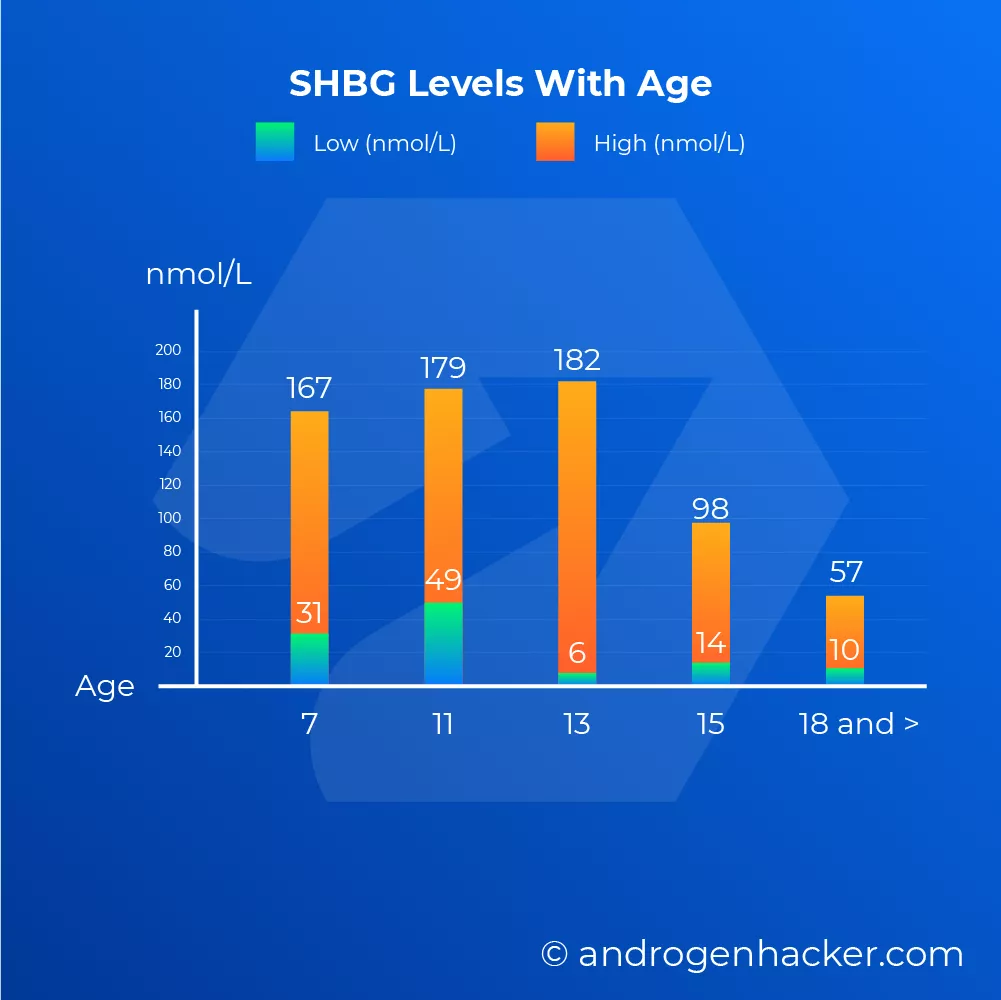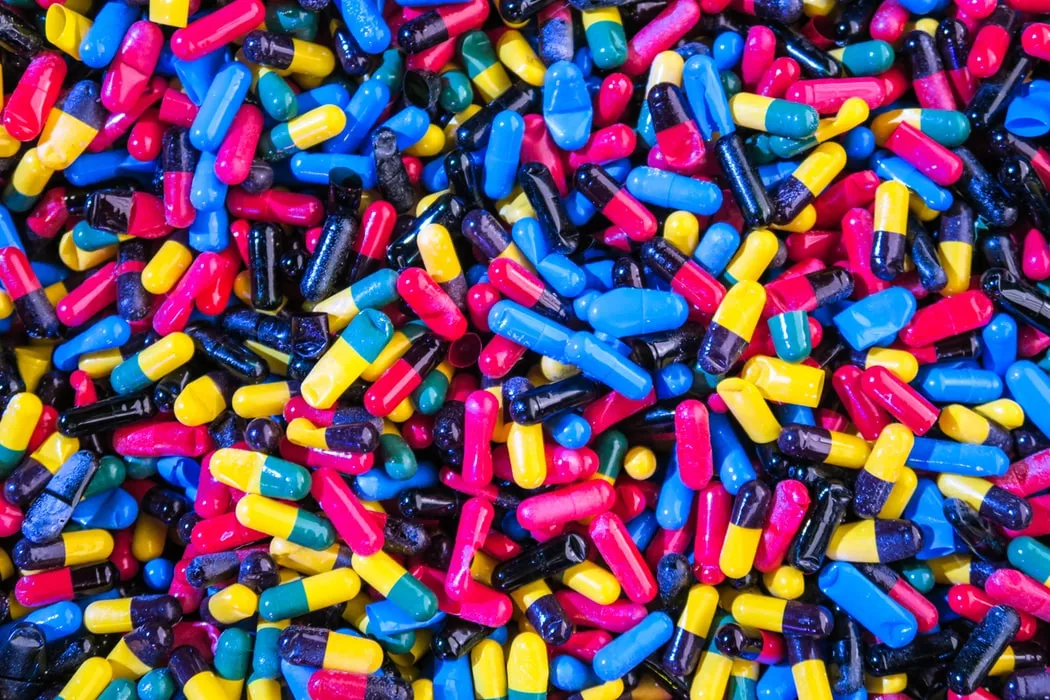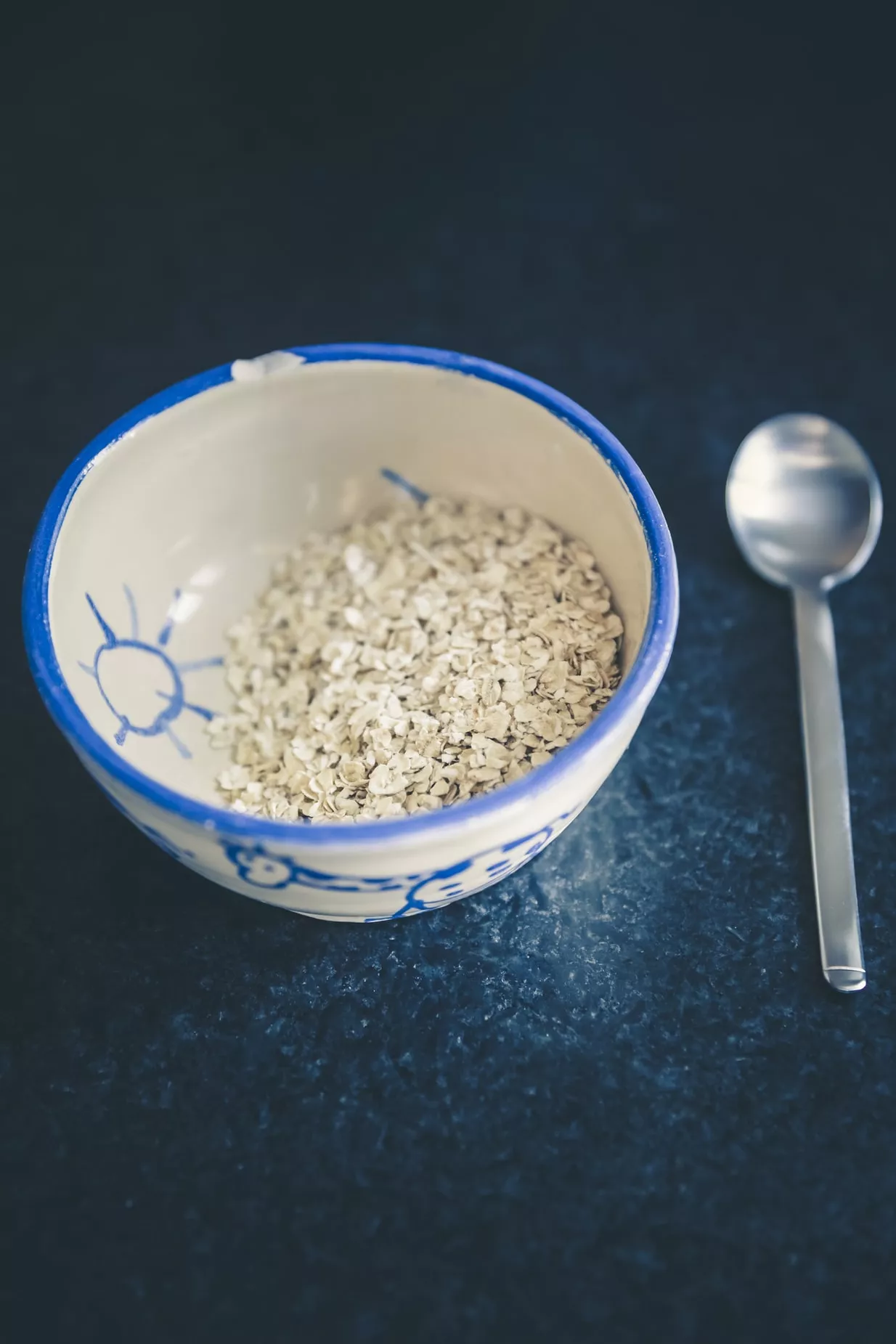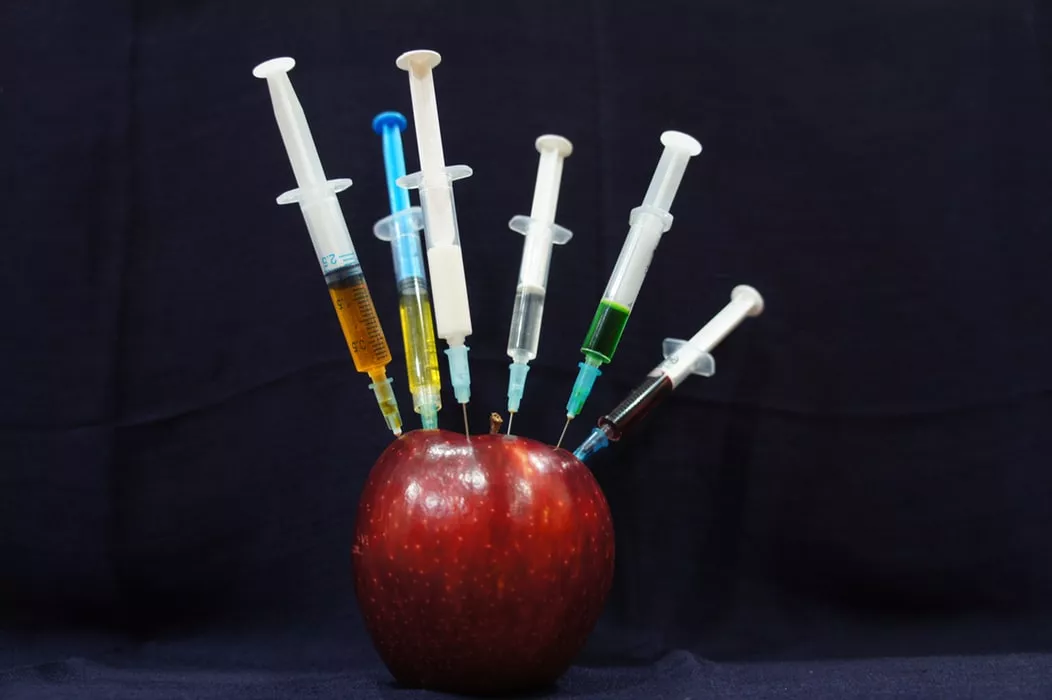10 Simple Ways To Lower SHBG (#9 Is Fake News!)

I’ve completely ransacked Pubmed to find the answer to the question:
“How can I lower SHBG levels?”
In this article, not only will you learn how to decrease Sex Hormone Binding Globulin (SHBG), but we are going to completely demystify this complicated (and often controversial) topic.
SHBG is confusing for a reason. Even Google and major health websites get it wrong. When you google
“How to optimize SHBG levels”
As you would expect, many of the first results are from mainstream health websites. The problem is that many of these articles are erroneously teaching you how to INCREASE your sex hormone binding globulin levels.
I mean, it’s a type of testosterone after all, so more must be better. Right?
Wrong.
Today you’re going to learn exactly what SHBG is, what it does, what’s optimal, and how we can decrease our own levels using specific actionable strategies.
Let’s get started.
What Exactly Is Sex Hormone Binding Globulin (And What Does It Do)?
SHBG is considered to be a type of testosterone. In the technical sense, this classification isn’t really accurate though.
Why?
SHBG in and of itself isn’t testosterone at all. It’s actually just a type of protein. The reason it’s often grouped in with testosterone and why SHBG levels are checked on most testosterone labs is because it attaches itself to T molecules.
While SHBG often gets a bad rap, it serves a vital function. It’s main purpose is to help transport testosterone (and other hormones) around the body. Without it, our bodies would quickly use up the excess and any new testosterone produced would not be able to get to where it needs to go to give us its benefits.
The problem with SHBG is that when it binds to testosterone, it effectively inhibits that testosterone molecule entirely. Testosterone bound to SHBG might as well not exist and should certainly not be considered bio-available. SHBG essentially locks testosterone in a jail cell and throws away the key.
Well, almost.
In order to understand how this binding globulin functions in our bodies, we need take a step back and look at how total testosterone breaks down in the blood. Almost half of the testosterone in our blood is bound to SHBG.
Specifically:
- 54% binds halfheartedly to albumin
- 44% is maximum security prison bound to SHBG
- 2% is free testosterone
The relative binding affinity of SHBG to various sex steroids for is as follows:
Dihydrotestosterone (DHT) > Testosterone > Androstenediol > Estradiol > Estrone
It binds first to the things we as men don’t want it to bind to (DHT and testosterone) and second to the things we want it to bind to (Estrogens). Sucks, huh?
Don’t worry yet, we will get to what we can do to decrease SHBG levels soon enough.
For now let’s look at what the research has to say about normal SHBG levels by age.
Since we now know that SHBG is so prevalent in binding to testosterone, let’s take a dive deep into how to know if out SHBG levels are elevated without actually testing our blood.
Signs And Symptoms Of High SHBG

Do you think you have high sex hormone binding globulin?
Here’s a list of some of the most common signs of an elevation in SHBG (based on research):
- Fatigue or a relative decrease in energy levels
- Little to no body hair
- Decreased lust for life (aka feeling bleak and having no motivation)
- Depression
- No morning wood
- Low or nonexistent libido
- Difficulty gaining muscle
- Difficulty losing fat (especially around your midsection)
- Gynecomastia (aka gyno or “man-boobs”)
It’s impossible to know if your SHBG levels are normal unless you get some blood work done.
If you have any of the signs and symptoms of high SHBG, its best just to get your levels checked.
SHBG Levels By Age (Chart)
What are low, normal, and high levels of SHBG?
Here is a chart:

How to lower SHBG?
First things first.
There are 2 major causes of an elevated SHBG level that you must rule out before considering the below strategies.
- Hyperthyroidism
- Liver disease
Always, let me repeat, ALWAYS consult with your physician first. There are other less common disease processes that can cause high SHBG levels as well.
Now that your physician has ruled out any major disease process, whats next?
We have known since the early 80s that testosterone replacement therapy lowers SHBG(103), but lets say you want to consider natural methods first.
Here are some strategies and tactics you can start using today to get your levels down.
Keep in mind that many of the things on the list below coincide with the same strategies you would use to increase your testosterone levels in a broader sense.
The key difference here is that the tactics listed here are based on research targeting SHBG.
Without further ado, here is the ultimate list of things you can do to lower your SHBG levels.
1. Maintain Or Gain Weight

It’s well established that a lower body fat percentage will increase testosterone levels. What most people don’t know is that losing weight increases SHBG.
What does the research say?
SHBG levels were inversely correlated with fat mass, weight, body mass index, waist/hip circumference, and waist-to-hip ratio.(49)(96)
In other words, as you lose weight, your SHBG levels will go up.
2. Boron
Looking to decrease levels of SHBG fast?
Look no further than supplementing with boron. Taking 10 mg of boron has been proven to lower SHBG within only 6 hours of taking it.(97) This study also showed a 28 percent increase in free testosterone by decreasing SHBG.
The bottom line?
Take 10 mg once per day.
If possible try to buy boron derived from multiple sources:
- Boron citrate
- Boron aspartate
- Boron glycinate
Boron is one of the few supplements I use personally and recommend.
Check out the complete guide to boron and testosterone.
3. More Protein, More Meat (And Don’t Be A Vegetarian)

This may sound cliche, but I don’t think I can stress it enough:
You absolutely MUST get enough protein.
It’s been well established that SHBG is inversely related to protein intake.(55)
What does that mean exactly?
It means that as protein intake goes up, SHBG goes down.
For example:
In a recent animal study, researchers found a significant increase in SHBG when the protein intake decreased.(62)
As a matter of fact, protein is so important that human omnivores have were found to have 23% lower levels of SHBG than their vegetarian counterparts.(58)
4. Stop Drinking Alcohol

Alcohol is not good for testosterone levels. We know this. What about SHBG though? Does alcohol increase/decrease SHBG?
Well:
Research shows that even short absences of alcohol intake can significantly decrease SHBG levels.(101)
As a matter of fact, on average, alcoholics have a 17% higher SHBG level.(102)
In addition to lower testosterone levels and higher SHBG levels, it’s well established that alcohol causes a host of deleterious effects. Let’s not even mention the boat loads of empty and useless calories alcohol adds to your intake.
Time to put down the beer can brother.
5. Consider Your Medications

Drugs that Directly Increase SHBG
- Metformin
- Subcutaneous Insulin (In diabetes type 2)
- Phenytoin
- Estradiol
- Spironolactone
- Evista
- Tamoxifen
- Oral Contraceptives
Drugs that Suppress SHBG
- Glucocorticoids
- Progestins
- Subcutaneous Insulin (diabetes Type 1)
Drugs That Increase SHBG By Increasing Prolactin
- Antidepressants
- Tricyclics
- SSRIs
- MAOIs
- Morphine
- Xanax
- Buspar
- Antipsychotics
- H2 Antagonists
- Certain Antihypertensives
Drugs That Decrease SHBG
- Danazole
6. Stop Drinking Coffee

This is as an interesting one due to the fact that both coffee and caffeine are known to increase testosterone levels.
Unfortunately some research has shown an inverse relationship between coffee and other caffeinated beverages with sex hormone binding globulin.(104)
7. Fish Oil

When it comes to fish oil and SHBG, it seems that it’s not just the omega 3 that matters. More specifically, it looks like EPA and DHA is what’s most important.
EPA and DHA intake are inversely correlated with sex hormone binding globulin levels.(107)
There are a million fish oil products out there. 99% of them are garbage. Look at the label when buying a fish oil supplement. The higher the levels of EPA and DHA, the better.
8. Vitamin D
Here’s a quote directly from a recent (2017) study:
“Higher 25(OH)D concentrations were associated with lower SHBG levels and higher free testosterone levels in both men and women, and lower estradiol and higher DHEA levels in women, independent of adiposity and lifestyle.”(108)
We already know that supplementing with vitamin D increases testosterone, so it’s just an added bonus that it decreases SHBG as well.(69)
The study that proved vitamin D increases T levels was conducted using 3332iu per day, but for reasons stated elsewhere on this website, I recommend taking up to 5000 iu of vitamin D per day.
9. Zinc (Fake News!)

I want to start by clarifying that zinc has been proven to increase testosterone levels.(99)
While this may be true, zinc is fake news when it comes to decreasing SHBG.
Why?
In doing research for this article, I came across several news sites claiming that zinc lowers SHBG. Like always, I dug a little deeper and actually read the studies that these articles were citing. I’m not sure if these news sites just didn’t have the time or the medical understanding (or both), but their interpretation of the research is wrong.
Here’s a quote directly from the researchers:
Zinc binding to a site at the entrance of the steroid-binding pocket in human SHBG has been shown to reduce its affinity for estrogens, while having no impact on the binding of C19 steroids.(100)
What are C19 steroids?
The “C” is referring to the number of carbons. Guess what the chemical formula for testosterone is?
C19H28O2
Testosterone is a C19 steroid.
So the researchers here are saying 2 things:
- By taking zinc, we are inhibiting estrogen from being bound by SHBG
- Testosterone binds to SHBG at the same rate regardless of zinc supplementation.
10. Increase calories

This one is huge.
Not only does increasing calories significantly lower SHBG, but it also significantly increases testosterone and free testosterone levels.(105)
At first glance, it may seem like this step contradicts step #1 which was to get your body fat percentage down, but it doesn’t.
Weight loss and weight gain is all about calories in vs calories out.
This step should be considered ONLY after you have gotten your body fat percentage down to an acceptable range (roughly 10-15 percent).
The majority of men with typical low T and high SHBG are overweight and have a high body fat percentage. If this is the case, the first goal should be getting that body fat percentage down.
This step applies to anyone who has either:
- Has a lower body fat percentage
- Is underweight in a more general sense
An ideal situation would consist of building a substantial amount of muscle to the point that your metabolic rate increases. This would allow for you to be able to consume more calories without gaining weight.
Activity level is also a major factor when trying to optimize an increase in calories.
For example:
I currently am 31 years old, am about 11% body fat, and weight 190 lbs.
Based on this TDEE calculator there is over a 1300 calorie difference between a sedentary lifestyle and an extremely active lifestyle.
If I had a sedentary day where I just sat around on the couch all day, I burn about 2334 calories. On the other hand if I have an extremely active day, I burn 3654.
This example is the same person in the exact situation able to consume 1320 calories more per day without gaining (or losing) weight.
The only difference here is that based on the above cited research, on the day that I’m consuming more calories, my SHBG levels are going to be much lower.
Increasing calories in this way is a neat little trick to add to your testosterone boosting and SHBG lowering arsenal.
Plus you get to eat more food. Win win right?
11. Decrease excessive fiber intake

Since the 9th way to decrease SHBG was actually fake news, we’ve included an ‘extra’ 11th way to reduce SHBG…
…which is actually the 10th way, ya dig?
Here’s the truth about fiber:
An increased fiber intake is associated with an increased SHBG level.(106)
Based on this study, you really only need about about 20g of fiber per day.
If you’re optimizing magnesium intake, water intake, and other lifestyle factors such as activity level, then constipation should not be an issue at 20g of fiber per day.
If constipation is an issue and everything else is optimized, then don’t worry too much about it. Every person is different. Just increase your fiber intake a little bit at a time until you find a sweet spot.
When All Else Fails, Consider TRT

As mentioned earlier, testosterone replacement therapy has been proven to decrease SHBG.
There is a decent subsection of people who have high total testosterone levels, yet have all the signs of low T.
Why?
The truth is that total testosterone doesn’t mean jack - if you SHBG levels are high the your free testosterone levels are likely to be low. Free testosterone is what gives us the benefits we know to be associated with testosterone.
Its important to find a doctor who understands this concept.
In addition -
It has been well documented in the TRT community that frequency of injection should take into consideration SHBG levels.
Typically the lower your SHBG level, the more frequent your injections (with smaller amounts each time).
A Recap For The TL;DR Crowd
Here are the top ten things you can do to lower SHBG (skipping the fake news):
- Get your body fat percentage down
- Supplement with boron
- Eat more protein
- Drink less alcohol
- Review your medications
- Reduce coffee intake
- Start taking fish oil
- Get some vitamin D
- Consume more calories
- Optimize fiber intake
Just remember:
To get a lower SHBG level, it takes time. Have patiences and enjoy the ride.

